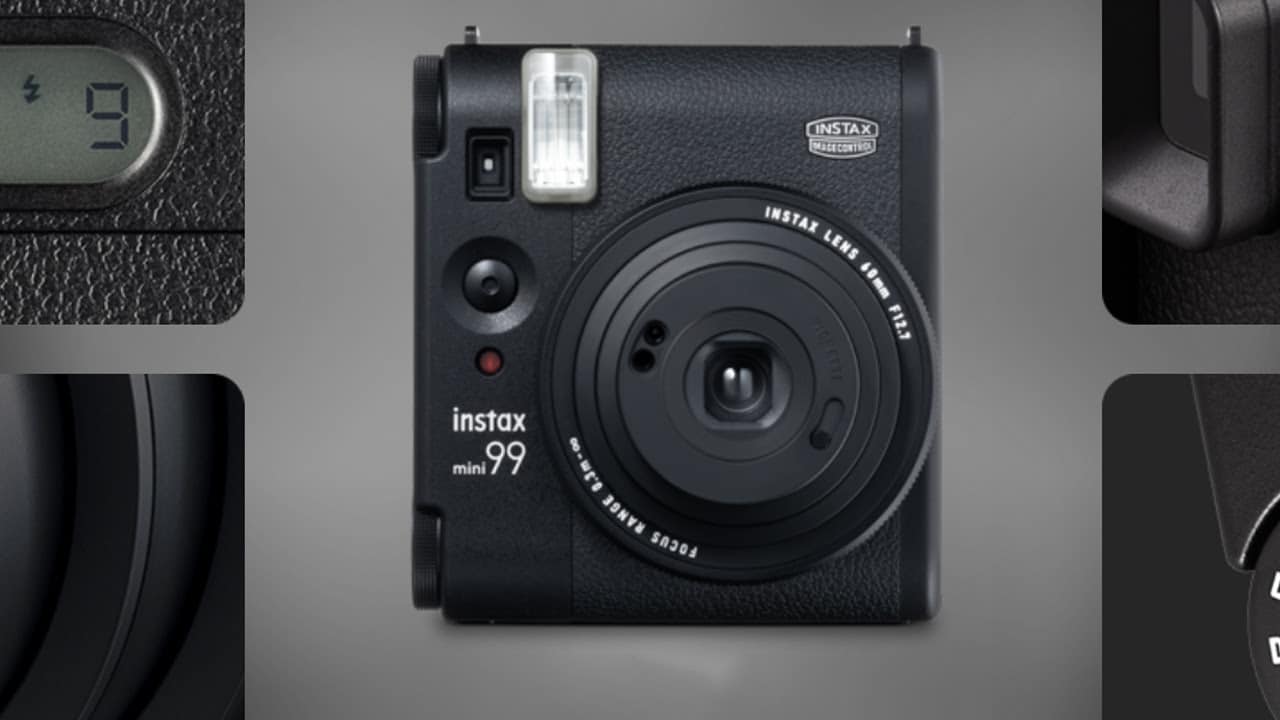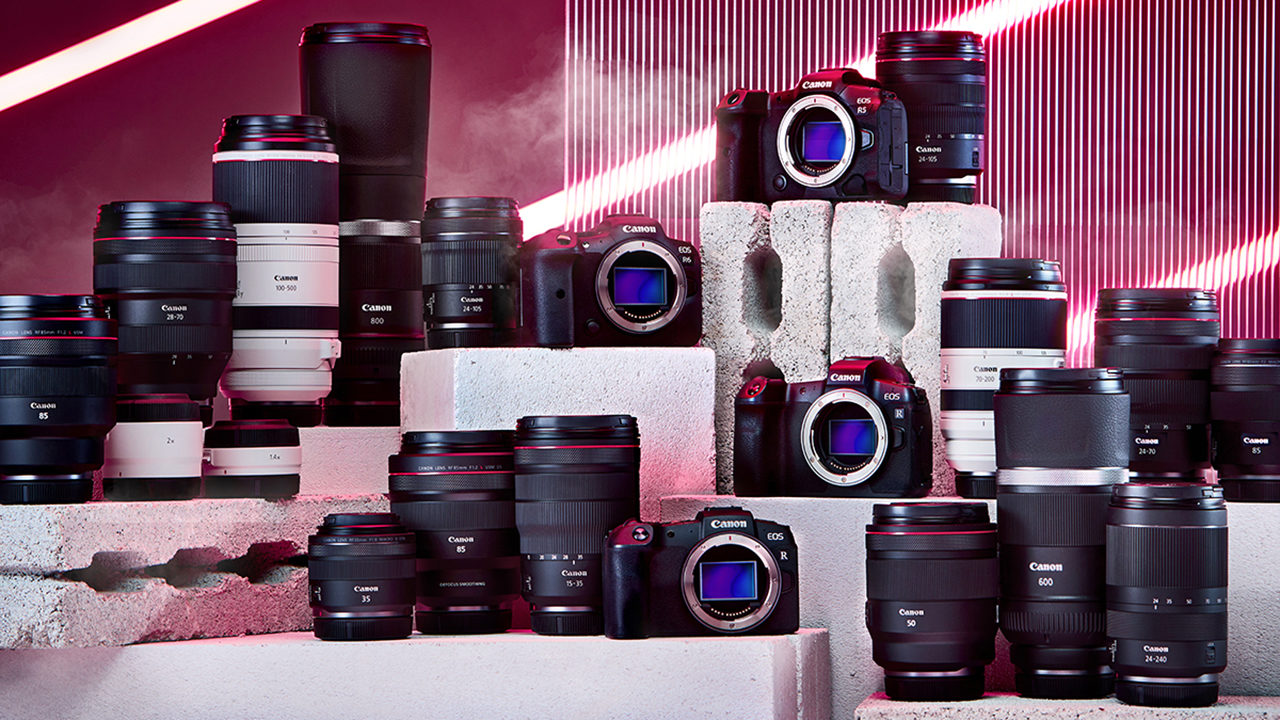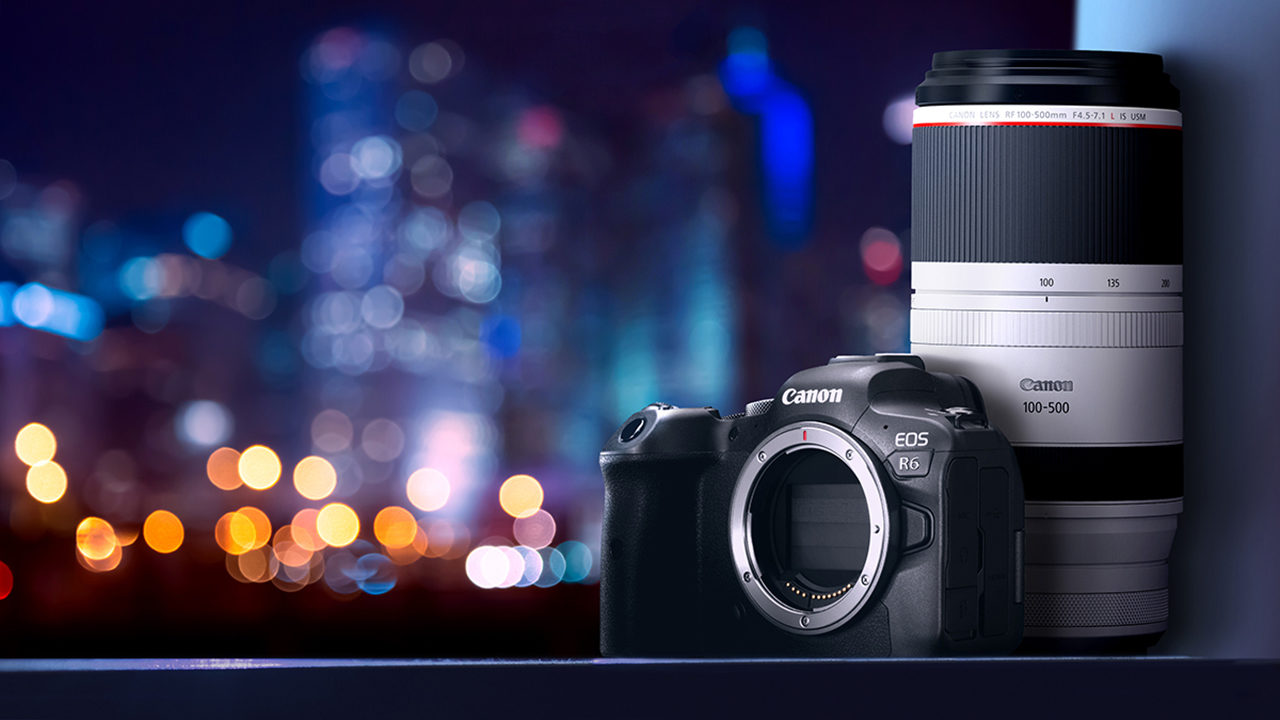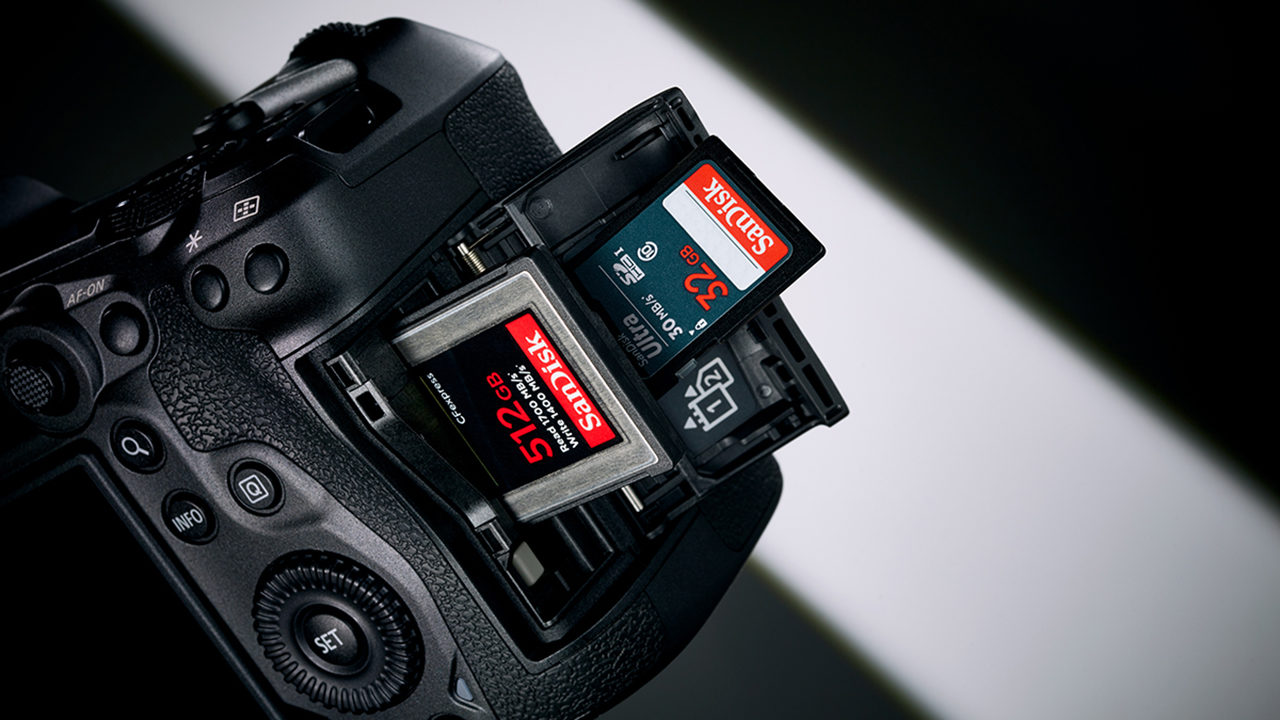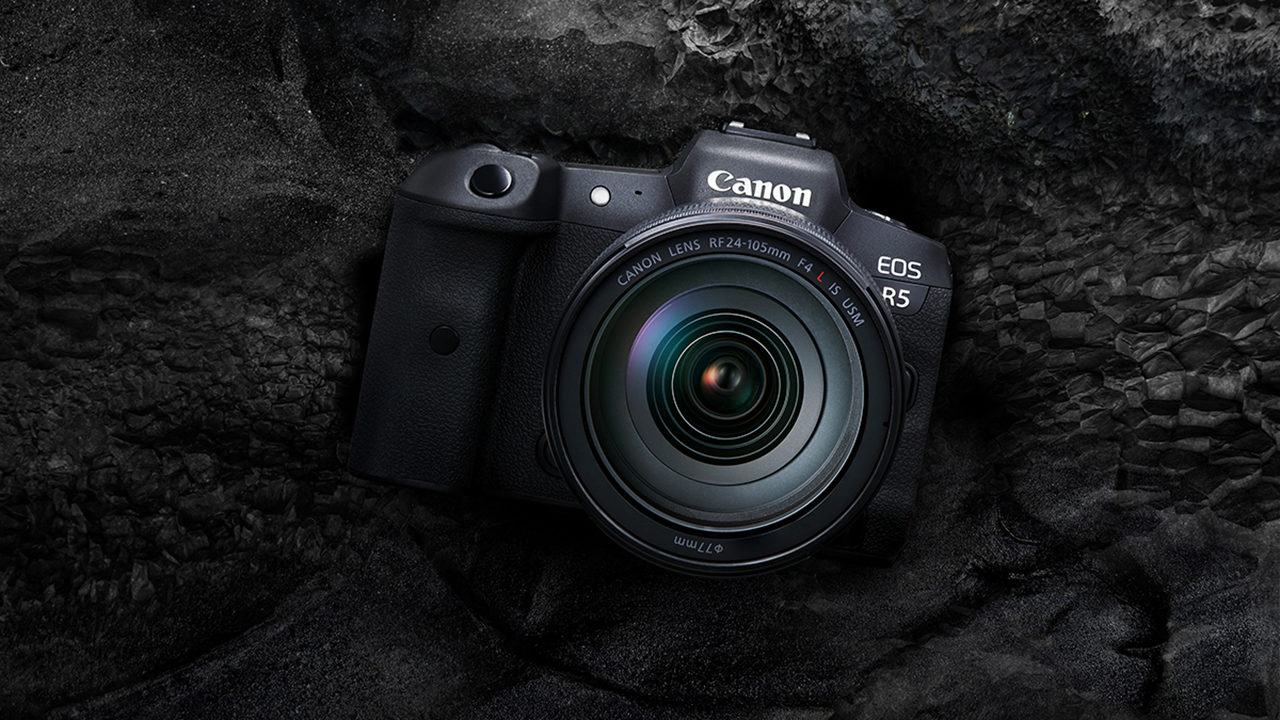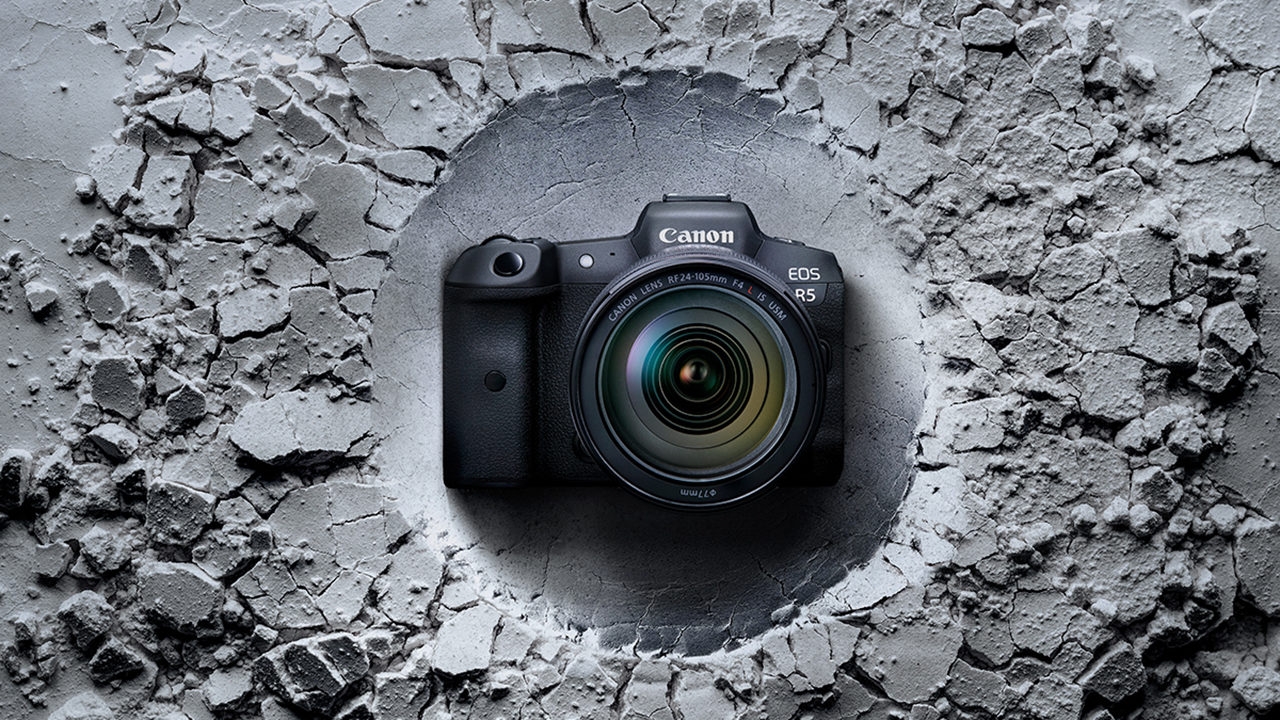It’s not too often that we get a focus on software or infotainment upgrades when it comes to vehicles but it is CES and tech is front and center in every aspect. On the automotive front, we have the luxury automaker BMW showcasing a slew of upgrades and features that enhance comfort, connectivity, and more.
AR Glasses
AR Glasses are more refined than ever and BMW is offering a glimpse into the future with its exploration of these AR glasses, specifically the XREAL Air 2. to take the driving experience to a new level.
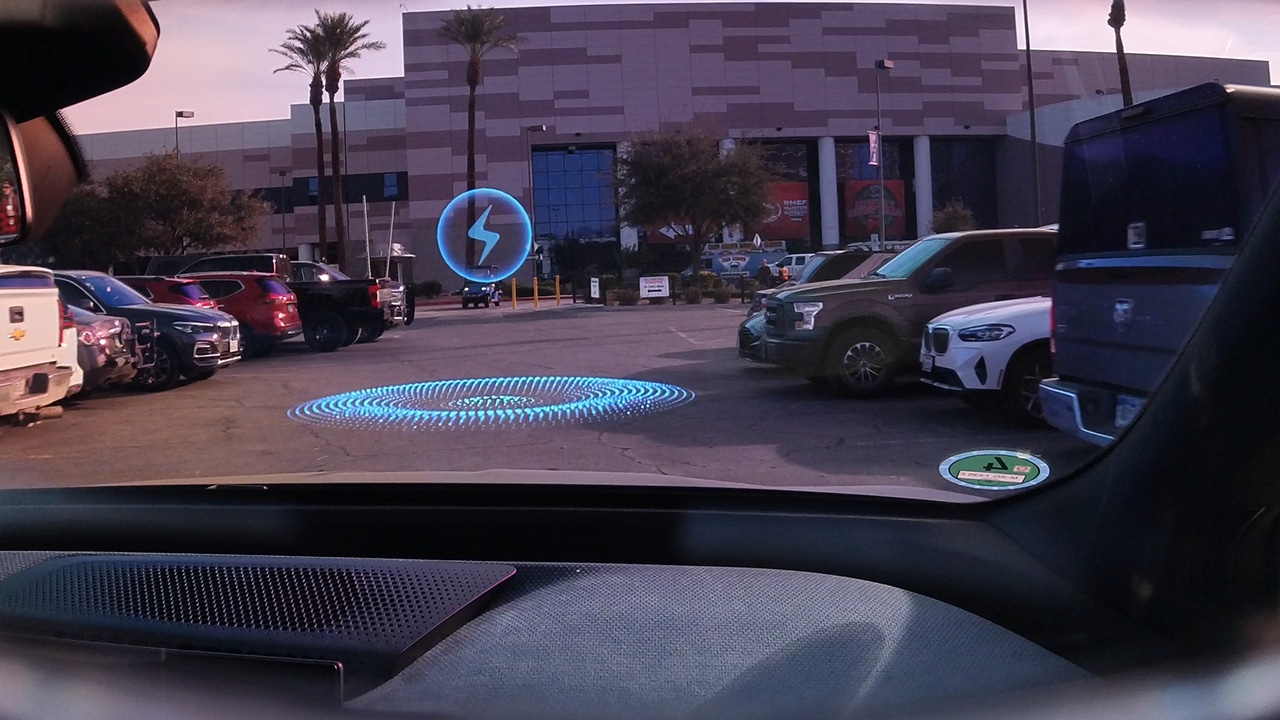
The company showcases the practical applications of AR glasses, illustrating real-world scenarios in Las Vegas. These glasses seamlessly integrate navigation, hazard alerts, and information about points of interest into the physical surroundings.
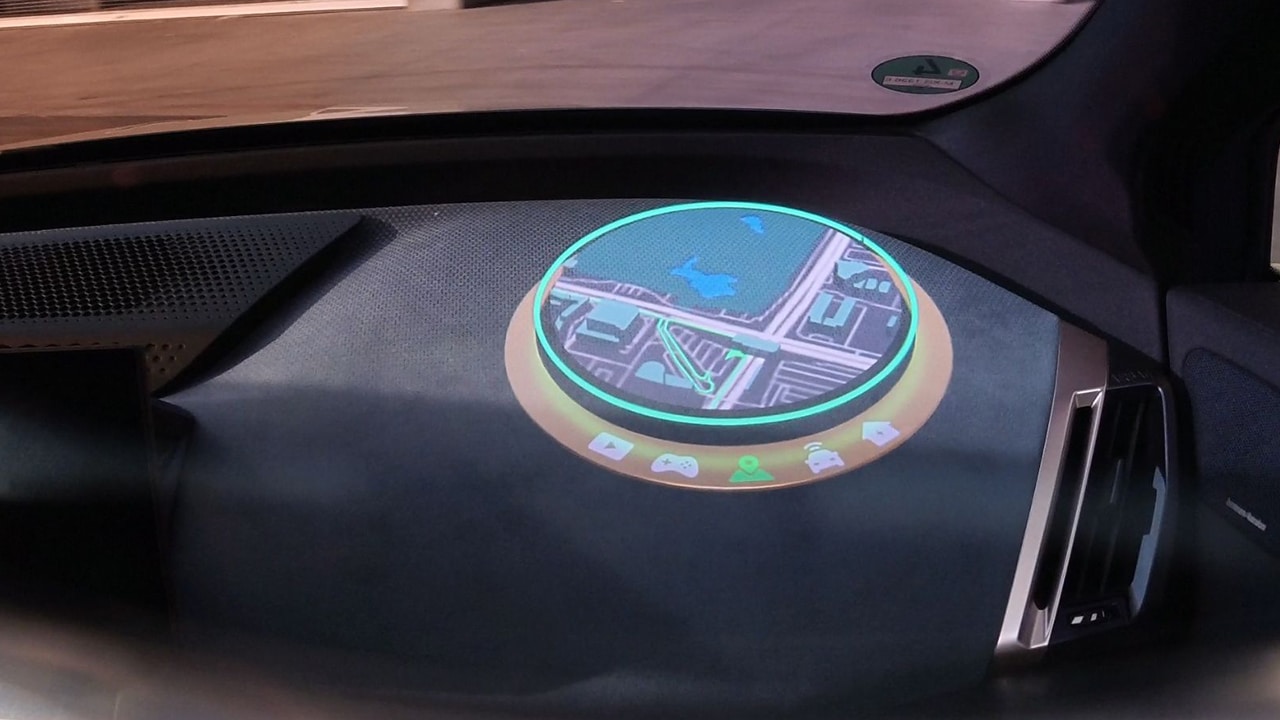
BMW’s extensive exploration of AR/MR (mixed reality) technology materializes in the stable delivery of AR content to passengers, even during dynamic driving situations. As AR/MR devices gain traction, BMW positions itself as a pioneer in seamlessly incorporating these technologies into the automotive landscape.
Generative AI Assistant
A collaborative effort with Amazon, BMW’s next-gen Generative AI Assistant powered by the Alexa Large Language Model (LLM), transforms the in-car interaction landscape.
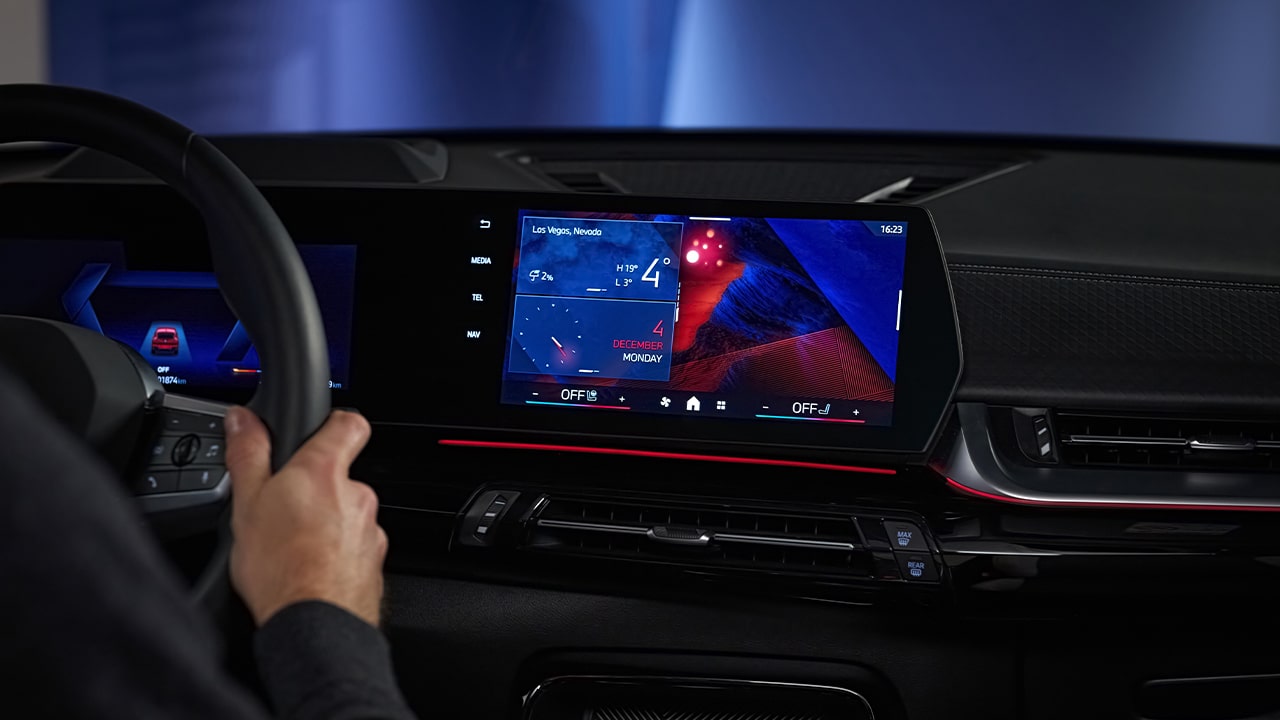
Unlike conventional voice assistants, the AI will offer a more human-like engagement, providing users with quick instructions and information about vehicle functions in a conversational manner. It’s a significant step forward, showcasing BMW’s dedication to enhancing the user experience through cutting-edge AI technology.
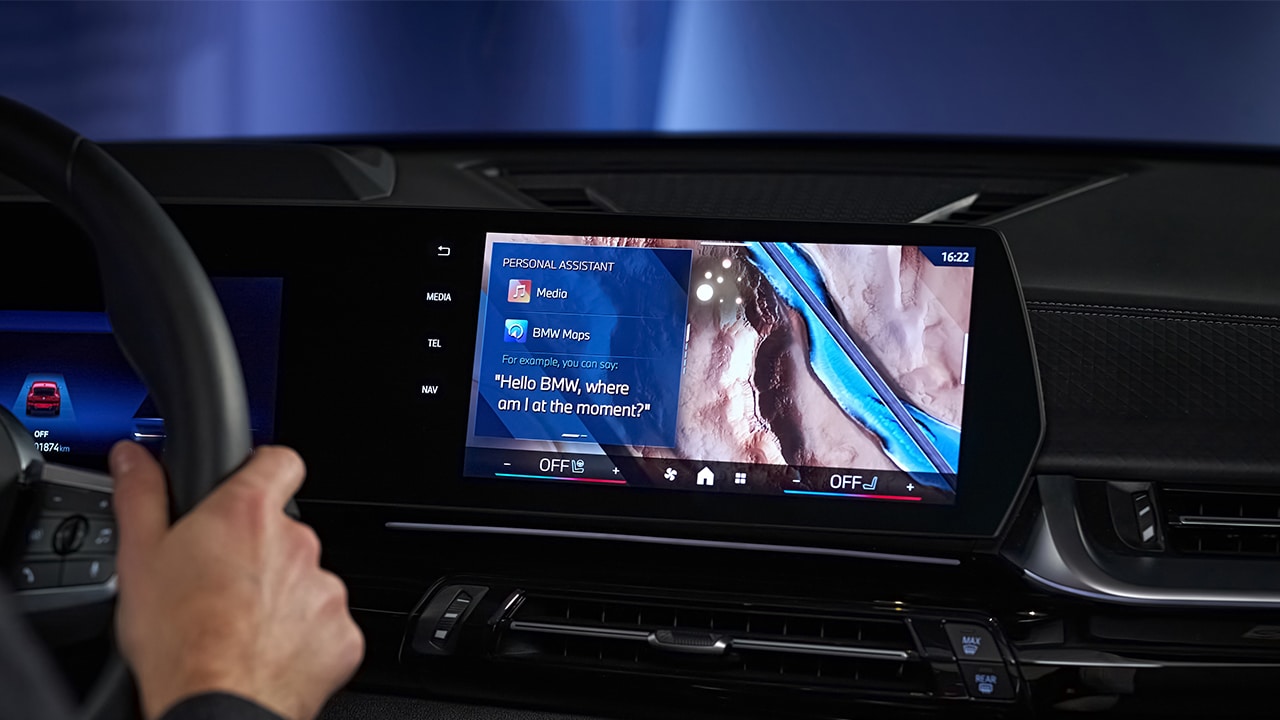
While the demonstration at CES showcases its potential, BMW plans to roll out this advanced voice assistant in vehicles equipped with BMW Operating System 9 over the course of the year. This strategic integration is part of BMW’s ongoing commitment to delivering cutting-edge features to its users.
Remote-Controlled Valet Parking
Aiming to redefine convenience, BMW has joined forces with Valeo to introduce a revolutionary automated parking solution, including the concept of remote-controlled valet parking.
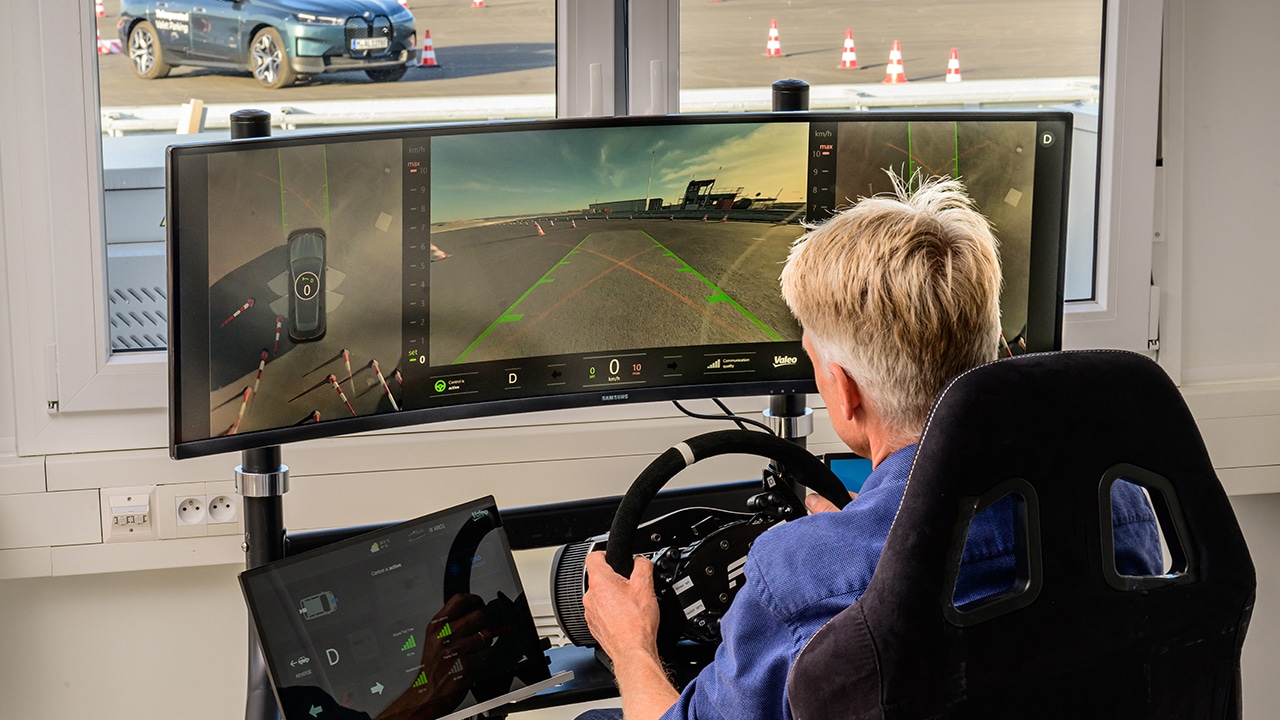
This feature allows users to drop off their vehicles at a designated point, and from there, the car autonomously navigates to find a parking spot, executes the necessary maneuvers, and can return upon request. As of now, this technology is in its development phase, allowing CES visitors to experience its capabilities firsthand.
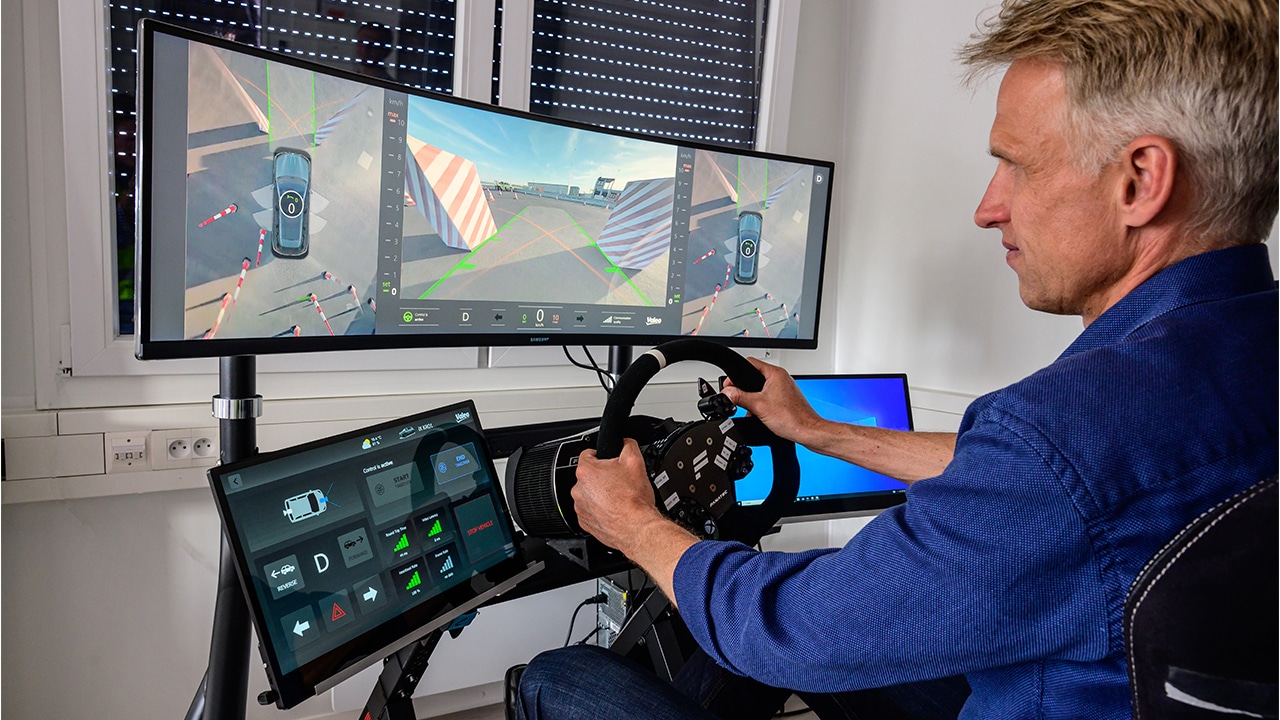
BMW and Valeo are working diligently on refining this feature, with the eventual goal of integrating it into upcoming models. While a specific release date is not provided, BMW is making strides to bring this innovative parking solution to reality
Video App Upgrade
BMW teams up with XPERI, Inc to develop the TiVo Operating System for in-vehicle video streaming. The upgrade will be available on BMW Operating Systems 8.5 and 9. From live channels to on-demand media libraries covering news, sports, children’s entertainment, movies, and TV series, the enhanced Video App transforms the vehicle into a rolling theater.
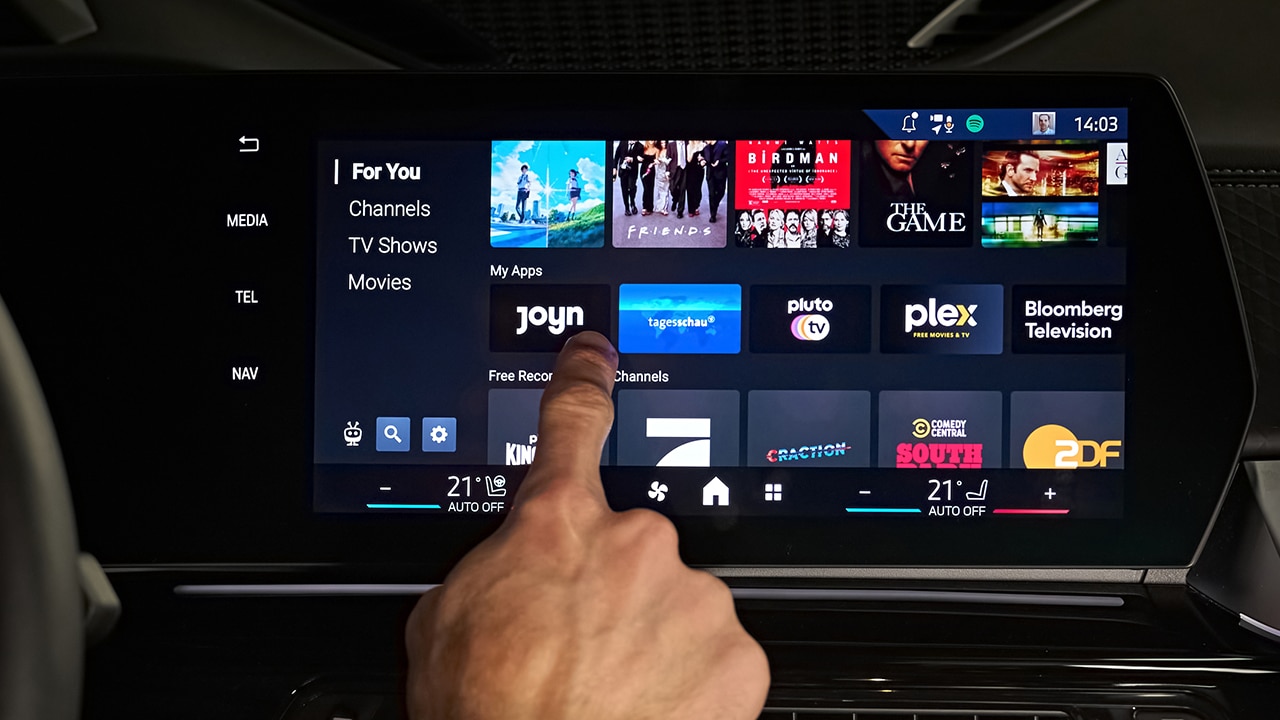
Owners of vehicles with BMW Operating System 9 gained access to this feature at the end of 2023, with a gradual expansion to other models in 2024.
ConnectedDrive Store & Gaming
BMW Operating System 9 for 2024 brings an expanded ConnectedDrive Store with third-party apps for music, news, and gaming.
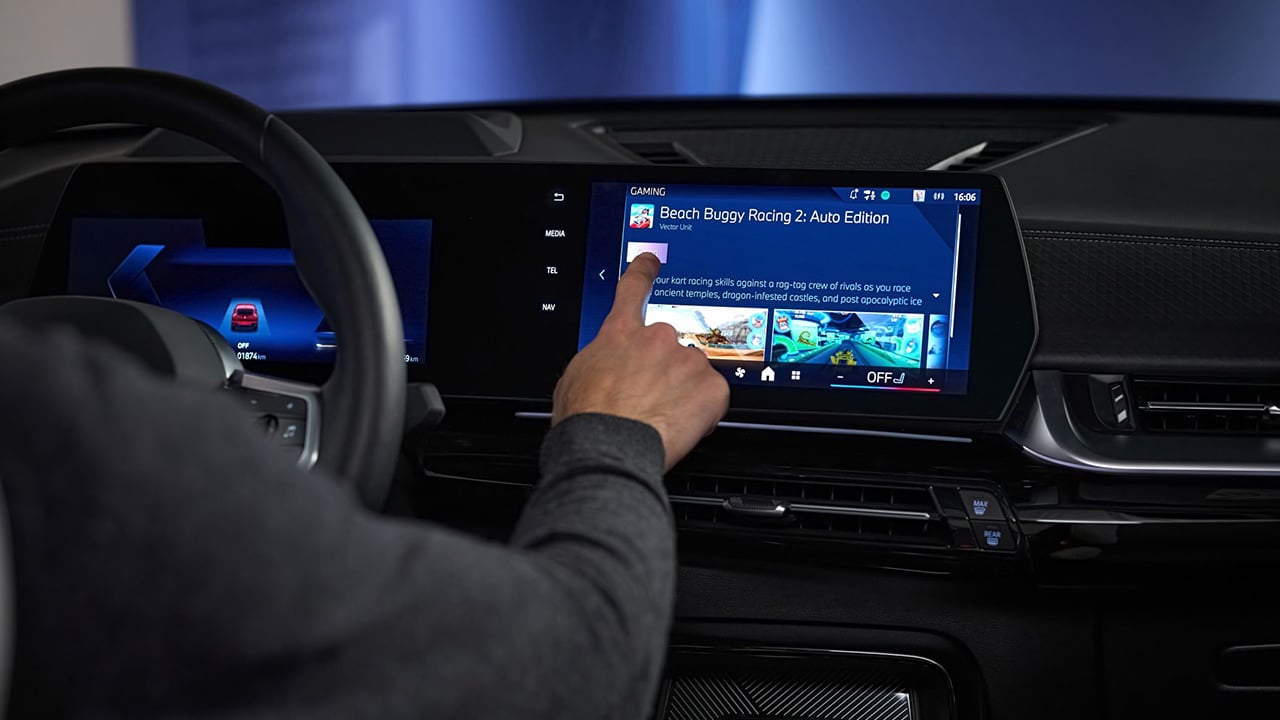
As for the gaming experience, “Beach Buggy Racing 2” is making its debut at CES 2024, providing a glimpse into the future of in-car gaming. It’s the company’s first game that works with full-fledged controllers — a first for BMW. The AirConsole app enables single and multiplayer gaming using smartphones as controllers.
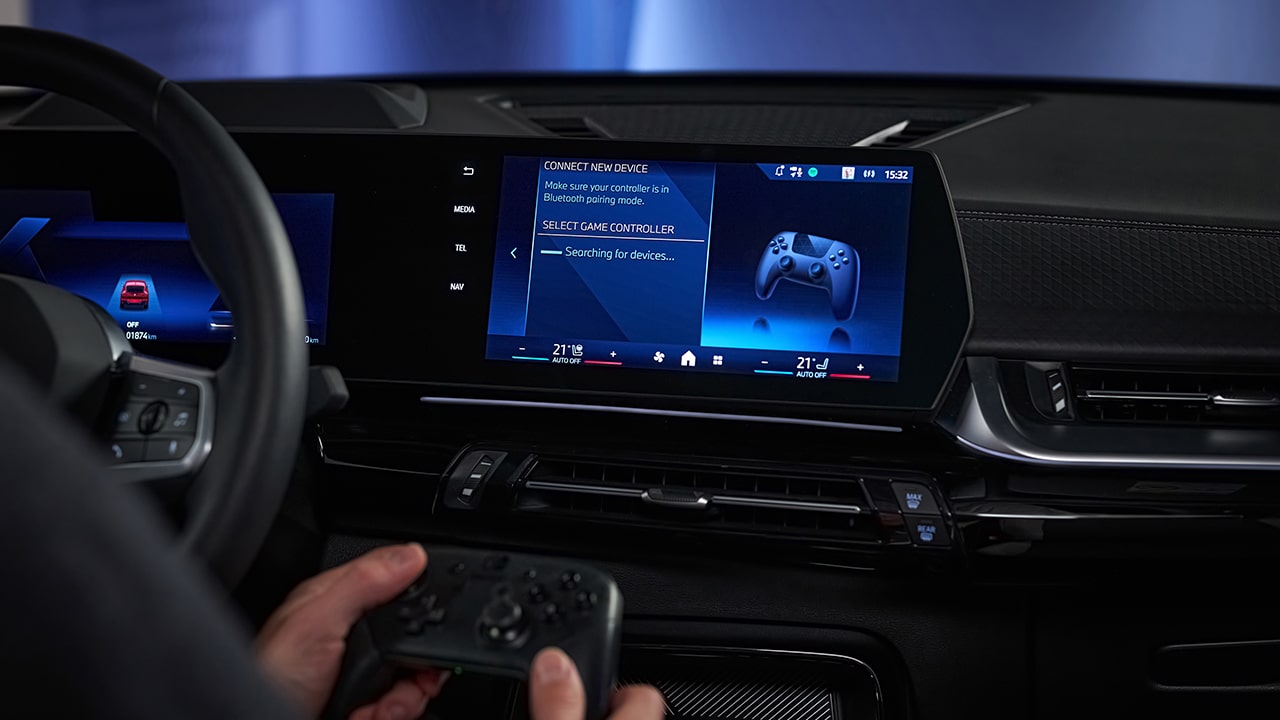
BMW plans to make the controller connection available over-the-air for BMW Operating System 9 throughout 2024. The continued growth of the ConnectedDrive Store is expected, offering users an evolving selection of apps tailored to their preferences.



